Nikon D600 - Full-frame for Everyone
The Nikon D600 is an exciting camera for one big reason: its price. While S$3,249 isn't something to be sneezed at, it's the most affordable full-frame camera from Nikon yet. Find out why this might very well be the most important camera of the year.
By HardwareZone Team -

Update (22/11/12): It appears that the D600's image sensor has a dust accumulation problem. Nikon has yet to officially comment on this issue at this time.
Update (25/3/13): Nikon has issued an official advisory about the spots issue.
Introduction
The Nikon D600 is an exciting camera for one big reason: its price. While $3249 isn't something to be sneezed at, it's the most affordable full-frame camera from Nikon yet. The other current generation Nikon full-frame DSLR cameras will run you S$4,488 for the D800 and S$9,799 for the D4. The D600 and D800's predecessor, the D700, launched four years ago at $3888. Here's a quick comparison between the Nikon D600, its Nikon complements and Canon competitors.
Specs/Camera | Nikon D600 | Nikon D700 | Canon EOS 6D | ||
Megapixels (Effective) | 24.3MP | 12.1MP | 36.3MP | 22.3MP | 20.2MP |
ISO Sensitivity | ISO 100-6,400, expandable to 50-25,600 | ISO 200-6,400, expandable to 100-25,600 | ISO 100-6,400, expandable to 50-25,600 | ISO 100-25,600, expandable to 50-102,400 | ISO 100-25,600, expandable to 50-102,400 |
AF Points | 39 points (9 cross-type) | 51 points (15 cross-type) | 51 points (15 cross-type) | 61 points (41 cross-type) | 11 points (1 cross-type) |
Metering Sensor | 2,016-pixel RGB sensor | 1,005-pixel RGB sensor | 91,000-pixel RGB sensor | 63-zone dual-layer sensor | 63-zone dual-layer sensor |
Max. Frame Rate (Full-res) | 5.5fps | 5fps | 4fps | 6fps | 4.5fps |
File Formats | 12 or 14-bit lossless compressed or compressed NEF (raw), JPEG | 12 or 14-bit lossless compressed, compressed or uncompressed NEF (raw), TIFF, JPEG | 12 or 14-bit lossless compressed, compressed or uncompressed NEF (raw), TIFF, JPEG | Raw (14-bit Canon original), JPEG | Raw (14-bit Canon original), JPEG |
Viewfinder | Optical, 100% coverage, 0.7x magnification | Optical, 95% coverage, 0.72x magnification | Optical, 100% coverage, 0.7x magnification | Optical, 100% coverage, 0.71x magnification | Optical, 97% coverage, 0.71x magnification |
LCD Monitor | 3.2", 921K-dot | 3", 921K-dot | 3.2", 921K-dot | 3.2", 1,040K-dot | 3", 1,040K-dot |
Shutter Speed | 30-1/4000 sec | 30-1/8000 sec | 30-1/8000 sec | 30-1/8000 sec | 30-1/4000 sec |
Shutter Release Cycles | 150,000 | 150,000 | 200,000 | 150,000 | 100,000 |
Built-in Flash | Yes | Yes | Yes | No | No |
Flash X-sync Speed | 1/200 sec | 1/250 sec | 1/250 sec | 1/200 sec | 1/180 sec |
Video Resolutions |
| N.A. |
|
|
|
Video Formats | MPEG-4 AVC (H.264) | N.A. | MPEG-4 AVC (H.264) | MPEG-4 AVC (H.264) | MPEG-4 AVC (H.264) |
Memory Card Slots | 2 x SD slots | 1 x CF slot | 1 x SD slot,1 x CF slot | 1 x SD slot,1 x CF slot | 1 x SD slot |
Battery Life (CIPA) | 900 shots | 1,000 shots | 900 shots | 950 shots | 1,090 shots |
Dimensions | 141 x 113 x 82mm | 147 x 123 x 77mm | 146 x 123 x 82mm | 152 x 116 x 76mm | 145 x 111 x 71mm |
Weight (Body) | 760g | 995g | 900g | 860g | 755g |
Price (Body) | S$3,249 | S$3,888 | D800: S$4,488
D800E: S$4,988 | S$4,699 | US$2,099 |
Availability | Now | Discontinued | Now | Now | Estimated end of 2012 |
Design & Handling
The D600 fits somewhere in-between the D700 and D800, with neither of the two new cameras taking completely over the D700's crown. It's a handsome camera, with the broad chamfer seen on the D4 and D800. Handling is like a cross between a D800 and the DX-format D7000, and little has been compromised in terms of usability. Twin control dials remain, as does a top LCD plate, lockable mode and drive dials.
The D600 adds twin SD card slots which you can run as backup, overflow, or as separate raw and JPEG saves. The backup feature will be a big draw for critical shoots where losing data would be a disaster.
 | 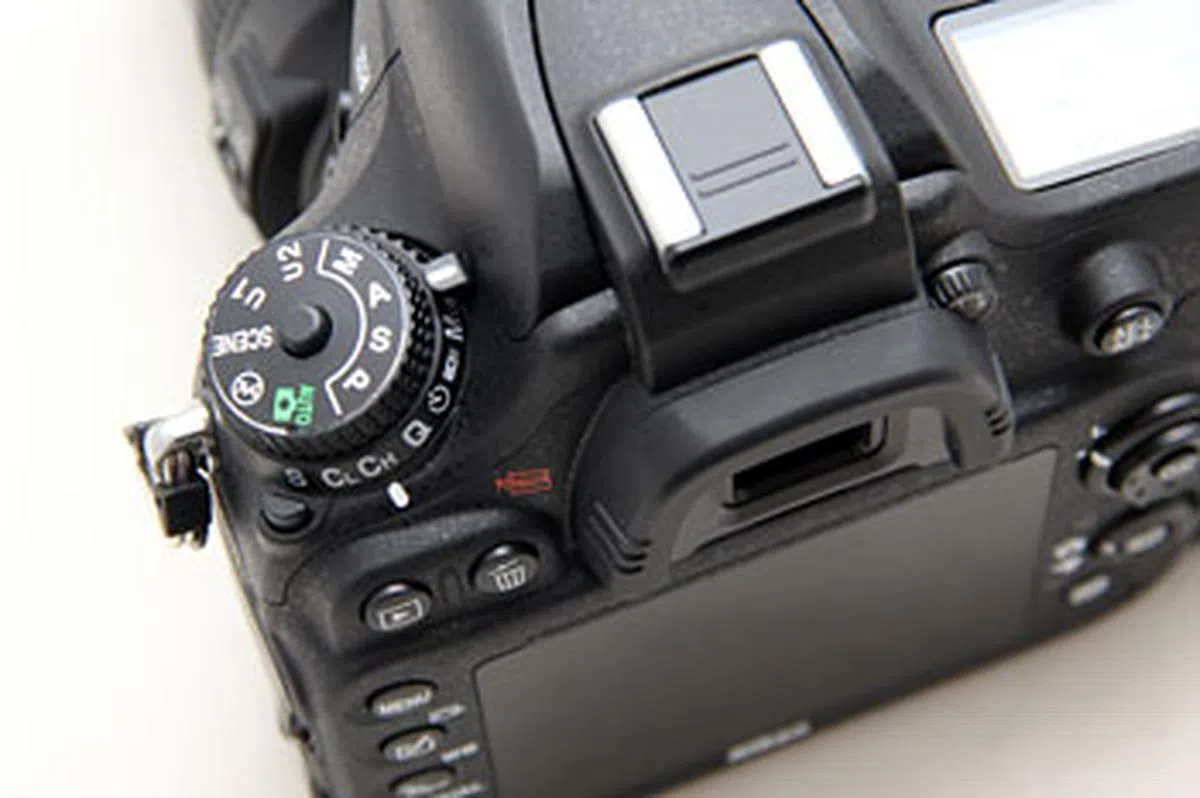 |
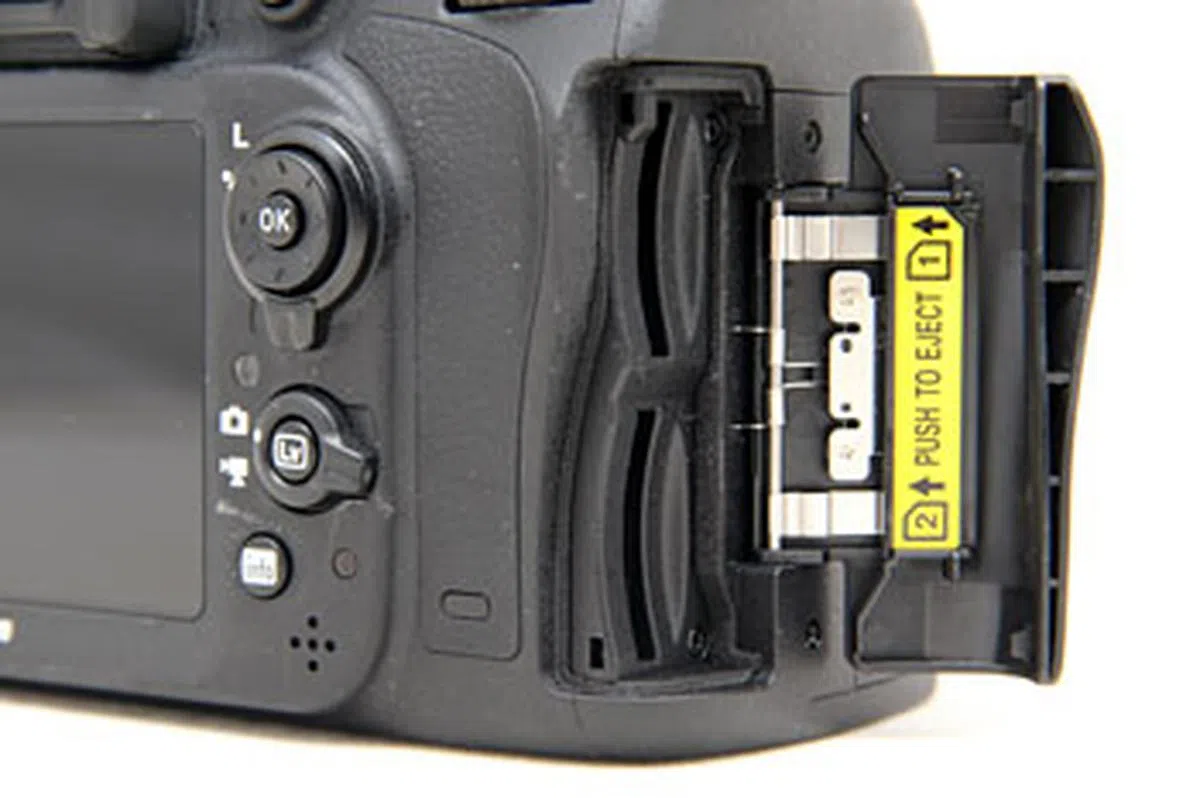 | 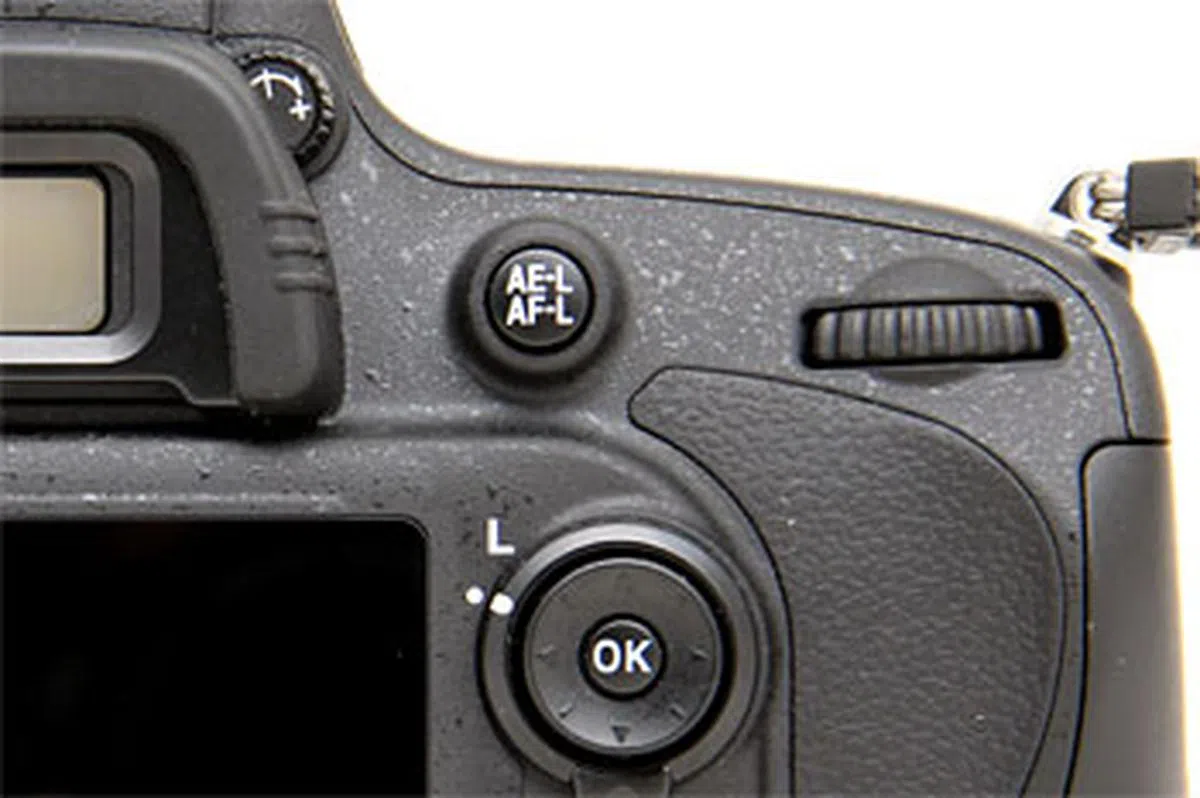 |
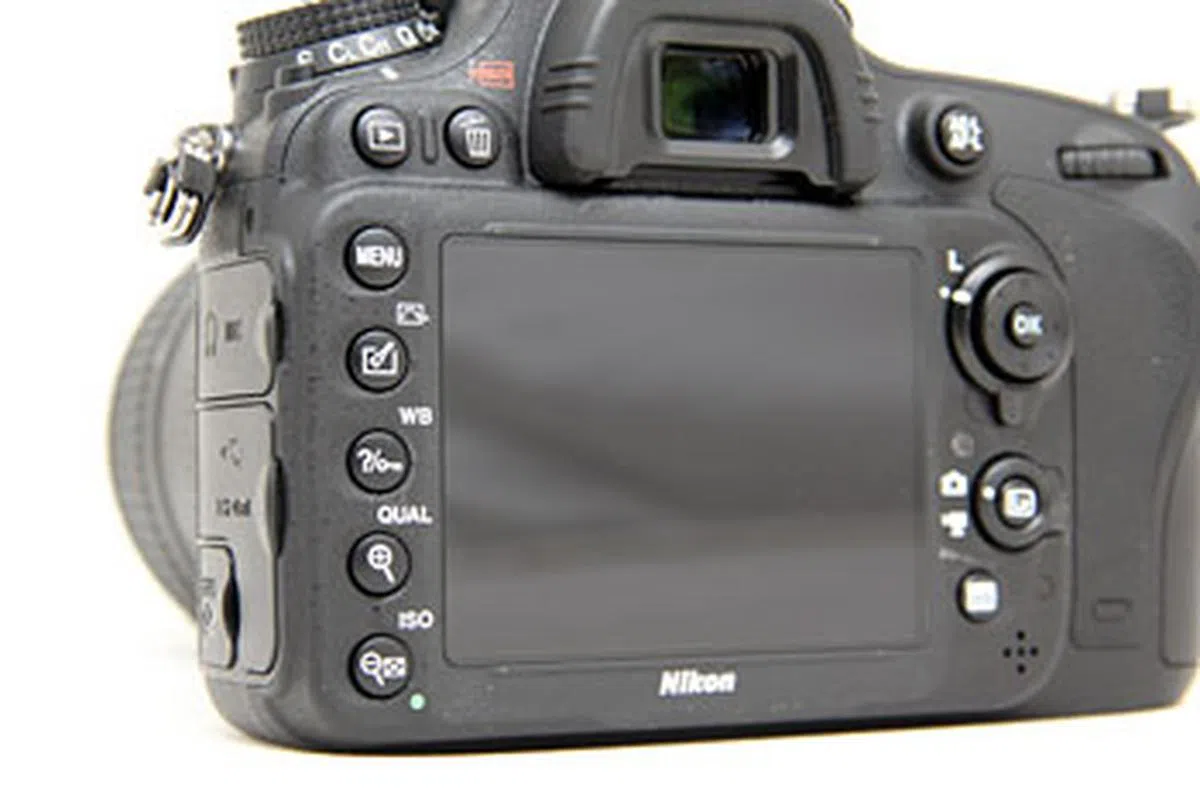 |  |
Battery life is rated for a long 900 shots; there is an optional battery pack, but unlike on the D700, the MB-D14 will not increase the D600's 5.5 frames per second shooting speed. The D600 also has a Quiet drive, which is quieter than the normal drive modes but isn't exactly whisper quiet. The Canon 5D Mark III's silent mode is still quieter than the Nikons'.
Full-frame shooters might miss the round-shaped eyepiece, but the viewfinder is still as large as those found on full-frame cameras (DX upgraders will be in for a treat). Most might find the rear d-pad smaller and fiddlier than they're used to. And they will want to treat the D600 a little more kindly – while the camera is dust and weather sealed, only the top and rear body covers are made from magnesium; the rest is made of plastic. Even then, the camera feels dense and solid in the hands.

Only the top and rear body covers are made from magnesium, the rest is made of plastic. Even then, the D600 is a weather and dust-sealed camera.
The D600 is missing a dedicated AF On button; AE and AF lock are combined onto a single button. The ISO button is the last button beside the rear LCD monitor, unlike on the D800 where it's on the top plate. But since it's the last button, it's much easier to find compared to the D7000 which had it as the second-to-last button. In the dark, you can hit the Info button to the right of the monitor to launch an information display, which acts as a secondary screen, and you can change settings like ISO when you press the relevant buttons.
At 760g, the D600 is the most compact and lightweight full-frame DSLR Nikon has made. It's certainly lighter than either the D800 or the D700, but it's still a full-frame DSLR – make no mistake, you'll feel it when you hold the camera for an extended period of time.
 |  |
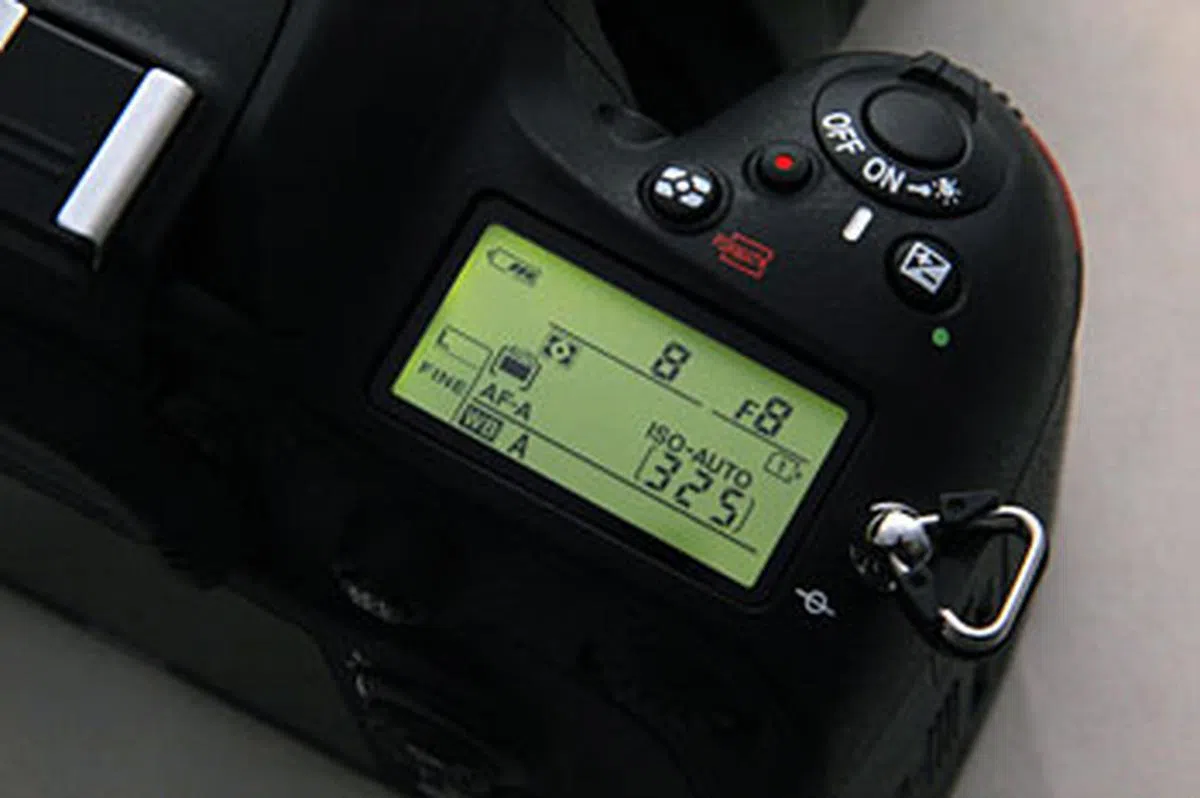 | 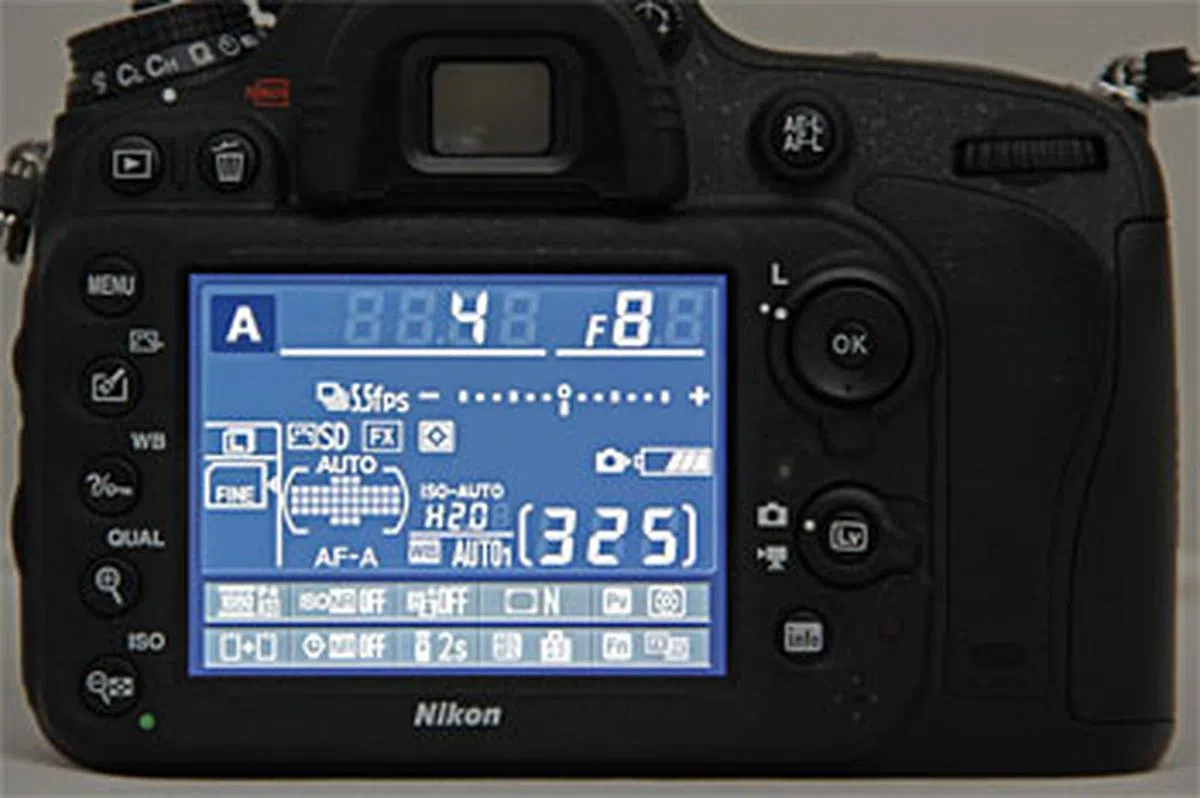 |
Image Performance
The D600 is both faster and slower than the D800. It can shoot up to 5.5 frames per second, compared to the D800's four frames per second. But the fastest shutter speed has been reduced from 1/8000 of a second to 1/4000. Flash sync speed has also been reduced from 1/250 to 1/200, which may or may not be a concern to you depending on how you work with flash.
Another thing which has been reduced is the number of focus points, 39 (with nine cross-type) compared to the D700 and D800's 51 (with 15 cross-type). 39 is a flexible number but the AF points are bunched in the center, just missing the intersection points formed by the rule of thirds. We found ourselves adjusting our composition to match the camera's clustered AF points, often shooting with a little more headroom to compensate.
Auto-focus speeds are fast and accurate, even in dim places. The D600's 2,016-pixel RGB sensor is not as rich as the D800's 91,000-pixel sensor, but metering seems accurate in most situations. It does appear a little unsure, in sequential images we could see the D600 hold the same metering in most frames but jump exposure settings in some. It also seems to prefer to underexposure in high-contrast scenes, so it pays to check your histogram after shooting.
A number that has been increased from the D700 is the number of pixels; the D600 has twice the resolution at 24MP, which is slightly higher than the higher-spec Canon 5D Mark III's 22.3MP. 24MP will gain you larger print sizes and finer detail, while being more forgiving in terms of focus accuracy than the D800's 36MP. They will also cost you more in terms of storage, a high quality JPEG image measures anywhere from 10 to 17MB.
The D600 does a great job at suppressing image noise while retaining image clarity. ISO 3200 images are clean and usable straight out of the camera, we'd shoot quite confidently up to ISO 6400 but some pictures might need a little bit of chroma noise reduction. ISO 12,800 is an option in dire situations but there is noticeable detail loss, while the maximum limit of ISO 25,600 is best avoided.

ISO 6400. 100% crop of the image above.
The latitude in the D600's images at low ISO settings is quite astounding. The D800's dynamic range allowed you to create almost HDR-like images from a single shot, and we're seeing the same results from the D600. High amounts of detail are retained in the shadows and highlights which can be pulled out in post (of course, these must not be completely blown in the first place).

f/3.5 at 24mm, 1/8 sec, ISO 400. The image is seriously underexposed.

Using Lightroom 4, we were able to recover an amazing amount of shadow detail.
These first results are from JPEGs, we imagine that raw files will provide even more elasticity. Raw files can be saved in 12 or 14-bit, but there is no uncompressed option, only lossless compressed or compressed.
Finally, the D600 comes with capable video specs. It shoots full HD 1920 x 1080 videos at 30p, 25p, or 24p, with a maximum bitrate of 24Mbps. 60p is limited to 1280 x 720 but you can record uncompressed footage to an external recorder via HDMI. Simultaneous display on an external monitor is also possible through HDMI, and the D600 comes with separate 3.5mm microphone and headphone jacks.
Sample Photographs
These are sample photographs shot with the Nikon D600. The photos have not been post-processed and are copyright to SPH Magazines. They are provided for your reference only and we ask that you do not reproduce them elsewhere. Click for full-resolution images.

f/5.6 at 68mm, 1/50 sec, ISO 800.

f/4 at 36mm, 1/125 sec, ISO 1400.

f/4.2 at 52mm, 1/30 sec, ISO 2000.

f/7.1 at 24mm, 1/200 sec, ISO 3200.

f/4.2 at 55mm, 1/160 sec, ISO 4000.
Conclusion
There is very little to fault the D600 for. One might have expected Nikon to cut corners in order to deliver a full-frame camera at this price, but that turns out not to have been the case at all. Build quality feels superb; handling should be familiar to anyone who's used Nikon's pro-grade cameras, with controls within easy reach and the camera responding quickly to your commands. Image quality is as good as you'd expect from a professional body, close to the D800 but without that camera's crazy high resolution.
The D600 is every bit a solid camera that both professionals and amateurs should find appealing. Case in point: D600's control layout isn't that much different from the D7000's. In other words, D7000 users should feel right at home with the D600. The presence of Auto and Scene selections on the Mode dial also suggests the audience Nikon is targeting with the D600.
The one compromise seems to have been made in the 39 AF points which are more tightly bunched together in the center, and we suggest you take a look for yourself before buying the camera. Photographers used to separate AE/AF lock buttons might also want to take the D600's single combined button into consideration.
For D700 users who are looking for a new body, neither the D800 nor the D600 are direct descendents of the D700. While the D700 was a superb all-in-one workhorse, the D800 is a specialized tool while the D600 is less of an all-rounder. It's a testament to the strength of the D700's design that it remains a viable, if legacy, alternative to the new D800 and D600 bodies. All things considered, the D700 offers faster frame-rates with capable AF and metering systems, albeit with noisier ISO sensitivities and limits in print size with its 12MP files.
While full-frame sensors remain the pinnacle of digital SLR cameras today, it helps to remember that not too long ago nearly everyone in the world was shooting full-frame with 35mm film cameras. S$3,249 isn't exactly entry-level affordable, but it significantly lowers the barrier of entry for full-frame. In fact, just in the month of September, we've seen the announcements of three full-frame cameras: the Nikon D600, the Canon EOS 6D, and the Sony A99. Hopefully, this is a signaler of more affordable full-frame cameras to come. It feels like we're finally coming back full-circle to 35mm film, more than ten years after the Nikon D1.
Our articles may contain affiliate links. If you buy through these links, we may earn a small commission.